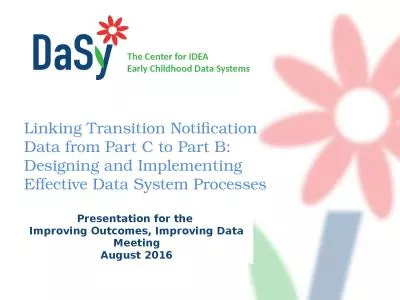PPT-Review Part 3
Author : natalia-silvester | Published Date : 2016-08-04
Science Final Exam 17 December 2013 Tuesday 18302030 In the Gymnasium 20 Questions All short answer 5 marks each Worth 20 of the course grade Deadlines Participation
Presentation Embed Code
Download Presentation
Download Presentation The PPT/PDF document "Review Part 3" is the property of its rightful owner. Permission is granted to download and print the materials on this website for personal, non-commercial use only, and to display it on your personal computer provided you do not modify the materials and that you retain all copyright notices contained in the materials. By downloading content from our website, you accept the terms of this agreement.
Review Part 3: Transcript
Download Rules Of Document
"Review Part 3"The content belongs to its owner. You may download and print it for personal use, without modification, and keep all copyright notices. By downloading, you agree to these terms.
Related Documents

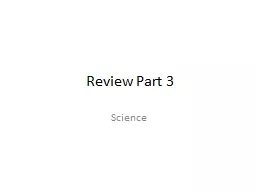

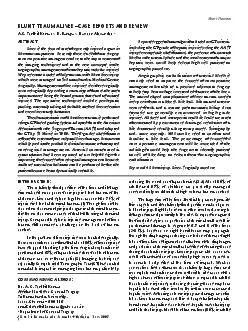
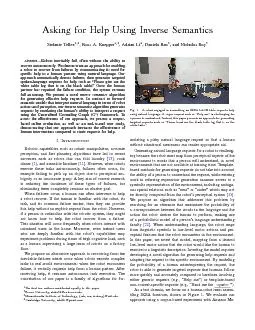
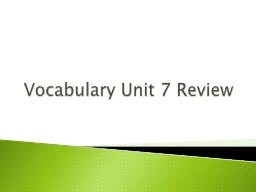
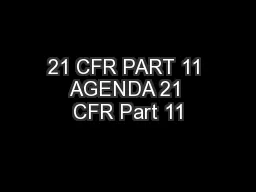




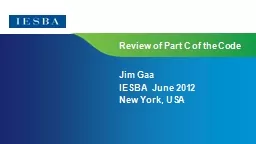

![[EBOOK] - Mosby\'s Review for the NBDE Part II (Mosby\'s Review for the Nbde: Part 2](https://thumbs.docslides.com/903455/ebook-mosby-s-review-for-the-nbde-part-ii-mosby-s-review-for-the-nbde-part-2-national-board-dental-examination.jpg)
